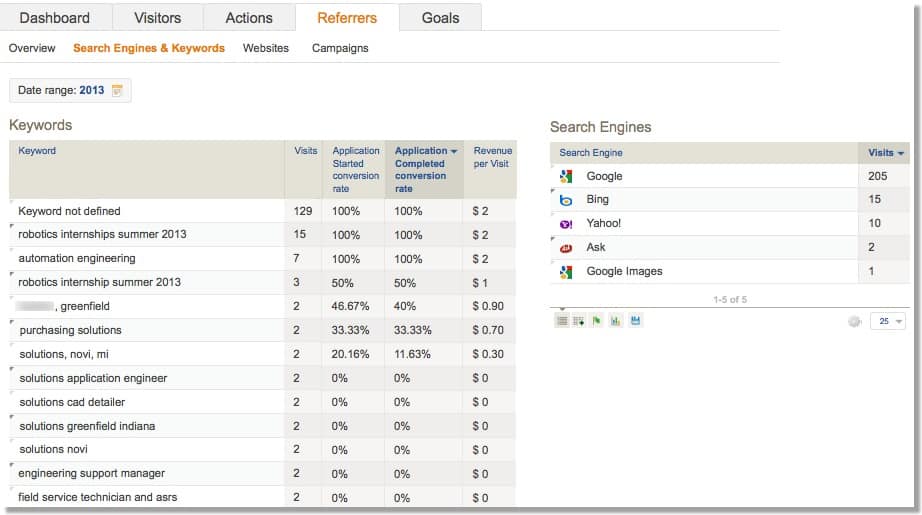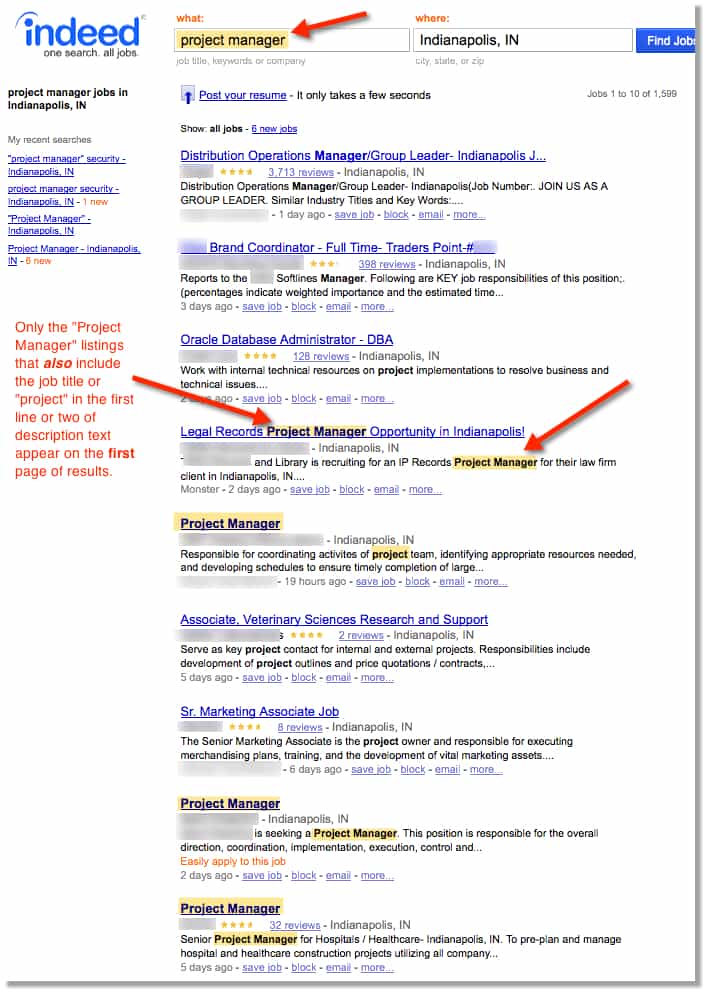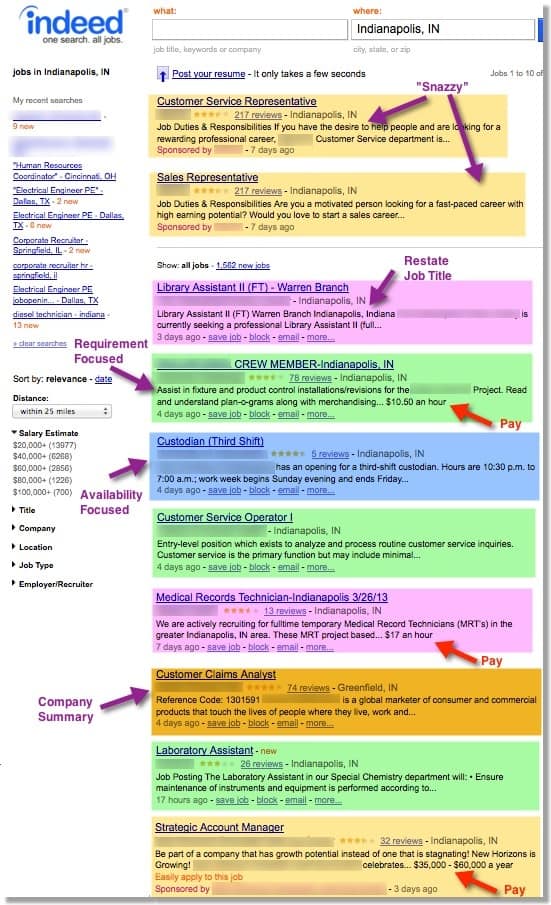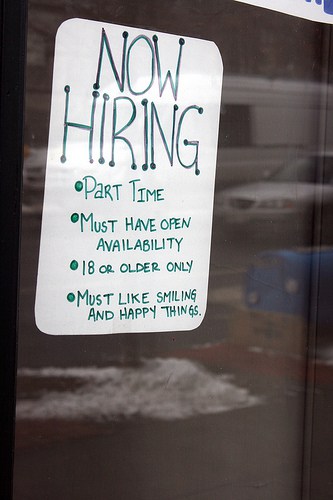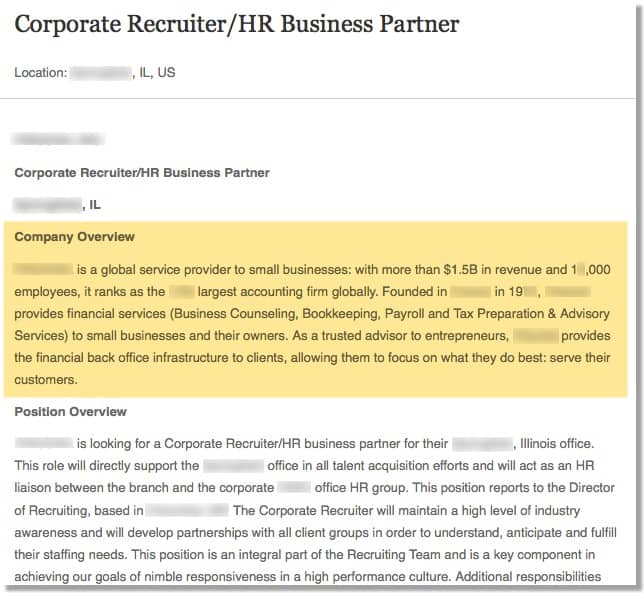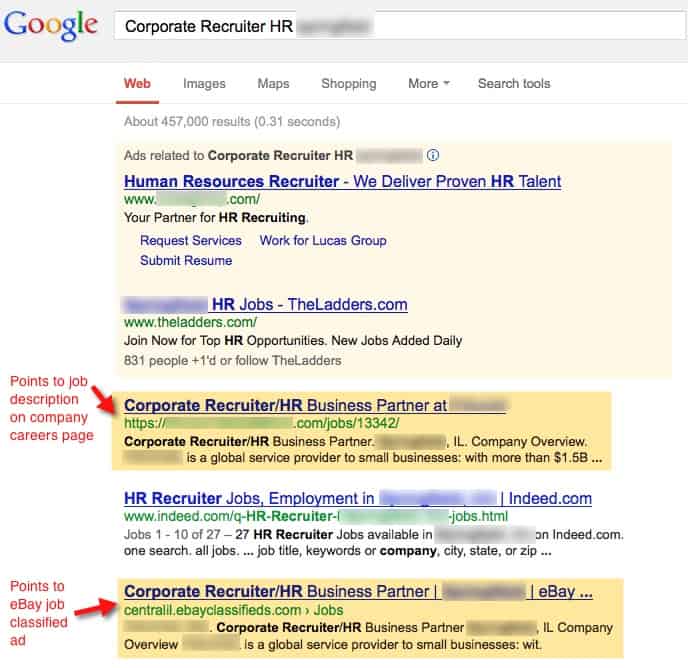Improve Your Hiring Process: Manage Your Applicant Pipeline Effectively
Now that you’ve made candidates aware of your position, leveraged contacts to draw applicants, and have gone through the process of thinning the initial herd of applicants, perhaps the most important part of the hiring process begins. Now is the time to dig deeper and take applicants through your remaining steps to hire.
If your hiring process is very short and compact, keeping track of applicants as they go through it likely isn’t much of a challenge. However, this is pretty rare. More often than not, the biggest complaint I hear from organizations is how cumbersome it is to know who’s where in their hiring process at any given moment in time.
Smart Workforce Planning
When you think about it, it’s not much different than than managing a sales pipeline. Since sales are the lifeblood of most organizations, lots of dollars and time are devoted to making sure all necessary team members internally know what new sales are in what stage of the pipeline. Knowing where applicants are in your pipeline is every bit as critical. This allows your organization to plan when certain positions may be filled, what type of background finalists have that may (or may not) work with the team to which they’ll be assigned, what additional dollars may be needed to secure your selected applicant for a given position, etc. In other words…it’s a big deal.
The Downfalls of Tracking Applicants Manually
The challenge for most organizations in the market we encounter (50-1,500 employees) is that this must be tracked manually. Sometimes this is done with paper folders that include an applicant’s resume, physical application, phone screen & interview notes, etc. Other times, applicants are logged into a spreadsheet and categorized by how far along in the process they are.
The paper folder approach accomplishes the objective of keeping most of the relevant information for the applicant in a single place. On the other hand, using this process makes it nearly impossible to keep track of any reasonable number of applicants at a given time, especially if you have multiple openings simultaneously. One other significant drawback is the scenario where one hiring manager needs to review an applicant’s information, but the file is with another hiring manager.
The spreadsheet option is the preferred option, but presents challenges. Chief among those are:
- who maintains the spreadsheet — one master administrator, each person who participates, etc.?
- how often is it updated?
- where are notes for candidates kept? who has access to it?
- what happens to candidates who look good, but aren’t hired? How are they considered when the same or similar positions open up down the road?
A final point to consider is that in either of the above scenarios, it is very difficult to protect your employment brand — as referenced in my last blog in this series. Trying to keep applicants updated on their current status, notifying them when the position has been filled, etc. is possible, but requires more time/effort than most organizations are willing to devote.
Applicant Tracking System Benefits
For this part of your process (assuming you hire more than a handful of people per year), using applicant tracking software should be a huge benefit. Applicants are now consolidated in a single data pool, where they may be accessed by those hiring managers and leaders you determine. In addition, you now have the capability to see who has made what notes, what applicants have been moved to different points in your unique process, and easily reference them when similar positions open up down the road. Finally, this also dovetails nicely with the objective of protecting your brand.
Managing your process more effectively allows you to repeat that process more consistently. This continuity, in turn, will improve your hiring results — leading to better employees who stay with you longer.
To see how our ExactHire’s applicant tracking system can help your organization manage the applicant pipeline, schedule a live demonstration.
Image Credit: Traroth (Own work) CC-BY-SA-3.0, via Wikimedia Commons

 This may be the most obvious and already widely used idea; however, it just might be one of the most effective for engaging your site visitors to stay on your pages longer. A wide variety of subject areas can be covered on the branded careers portal available through your
This may be the most obvious and already widely used idea; however, it just might be one of the most effective for engaging your site visitors to stay on your pages longer. A wide variety of subject areas can be covered on the branded careers portal available through your 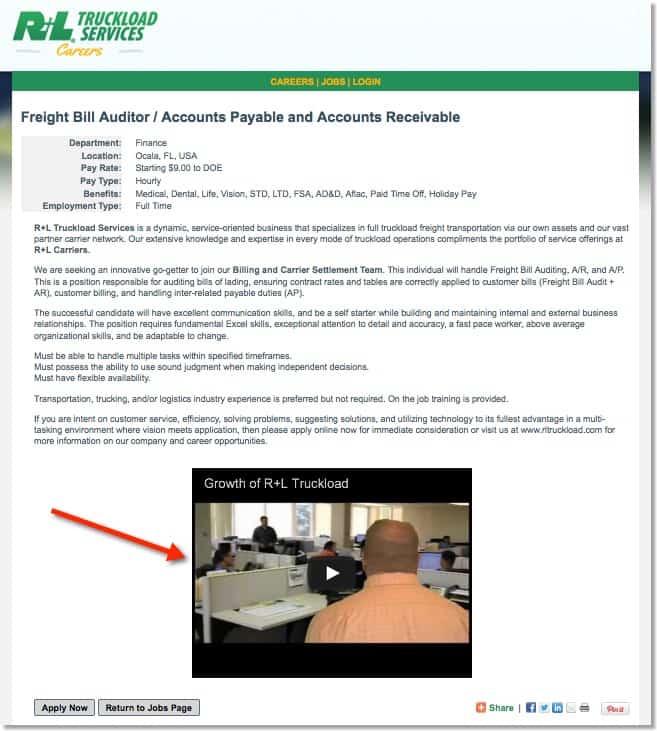
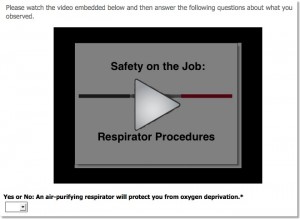 If certain positions available in your organization require heeding important safety procedures or following certain protocols, then consider the benefits associated with embedding a video for applicants to watch during their employment application submission. This can be a powerful way of better qualifying your applicants for a position that normally attracts a high volume of application submissions – especially if many of the submissions have traditionally been from people who aren’t qualified or truly engaged in the role.
If certain positions available in your organization require heeding important safety procedures or following certain protocols, then consider the benefits associated with embedding a video for applicants to watch during their employment application submission. This can be a powerful way of better qualifying your applicants for a position that normally attracts a high volume of application submissions – especially if many of the submissions have traditionally been from people who aren’t qualified or truly engaged in the role.